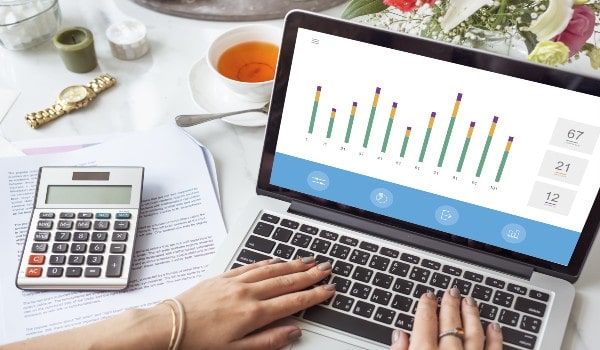Friday, 30 Dec 2022

Business equity is one of the most common terms used by entrepreneurs. However, it can be confusing to understand because of its accounting connotations. In the most basic sense, business equity is the ownership of the venture and its value. The fund raised by the founder and stakeholders while starting a business in Melbourne showcases its equity.
It can be represented as the value of the shares issued to the investors. Bookkeepers are responsible for calculating business equity and determining its impact on the business. It can also be described as the value of the entity and can be calculated as the money left behind after the expenses are deducted, and the shareholders are paid back.
The business owner in Melbourne needs to understand how assets and liabilities are connected to Equity and how it can be calculated. Let us explain this business concept in detail.
To understand equity, one must know about assets and liabilities. While an asset is what the business owns, liability is what it owes to others. Bookkeepers use a simple formula to calculate business equity, which is determined by subtracting total liabilities from total assets (Assets – Liabilities = Equity).
Thus, it is the net worth of the business in Melbourne after all the debts are paid, and the assets are liquidated. It is evident from the formula that the business will have positive equity if the assets are higher in value than its liabilities. Conversely, it is negative when the liabilities surpass assets, which indicates bad debts.
A business with soaring debts may be unable to repay them on time and may face bankruptcy if it continues having negative Equity. Professional Bookkeeper Melbourne term this condition as balance sheet insolvency.
They use the balance sheet of the company to arrive at the value because it has the details of the assets and liabilities over a given period. Equity is determined by bookkeepers to assess the entity’s financial stability and to check whether it can pay back the money it owes. The business owner can use the information to utilise available capital better and allocate funds for different business functions.
The value of business equity is needed to make crucial investment-based decisions, such as the viability of penetrating a new market. Let us understand how bookkeepers use data to check the financial health of the company in Melbourne.
The bookkeeper begins the process by listing all the tangible and intangible assets owned by the business, which include any item that has a financial value. The first task is to note the current assets because they can be easily converted to capital, such as stock, accounts receivable and cash.
The next step is to determine the fixed assets that take time to be converted to capital, such as equipment, office furniture, computer hardware, and commercial property in Melbourne. The fixed assets calculation should include long-term savings made by the business in the form of stocks and bonds.
Next, the bookkeeper will assess the value of intangible assets, such as goodwill and intellectual property. All these assets are then added to get the value of the total assets.
Liabilities are the outstanding bill payments that need to be paid to another party by the business in Melbourne. These include the lease amount, utilities, salaries, business credit card bills, etc. If the business has received money from a client for a product that will be delivered at a future date, it will be considered a liability.
The bookkeeper is responsible for categorising these transactions accurately in the balance sheet. The balance sheet has three categorisations for liabilities, including current, non-current and other liabilities.
Current liabilities are short-term liabilities that need to be paid off within twelve months or earlier, such as salaries and wages, accounts payable and commercial property rentals in Melbourne.
Non-current liabilities are long-term liabilities that can be paid even after a year, such as loans. Other liabilities are those which cannot be categorised as current or non-current, such as legal liabilities. Total liabilities can be calculated by adding all these categories with the help of accounting software.
As stated above, business equity = total assets – total liabilities. For example, if a Melbourne-based business has total assets worth $40,000 and its total liabilities stand at $35,000, its business equity will be $5,000.
In this example, the value of assets is higher than the liabilities of the company. It showcases that the business is performing well and showing signs of growth. It has sufficient capital to pay its bills and shareholders. Thus, it will continue to grow in the future if it maintains the same progress.
Business equity or shareholder’s equity is the residual value of the business after all the debts are settled. It gives an idea about the amount left with the business owner if the company shuts down. Bookkeepers in Melbourne calculate this value to understand the financial well-being of the entity and its performance in a given period.